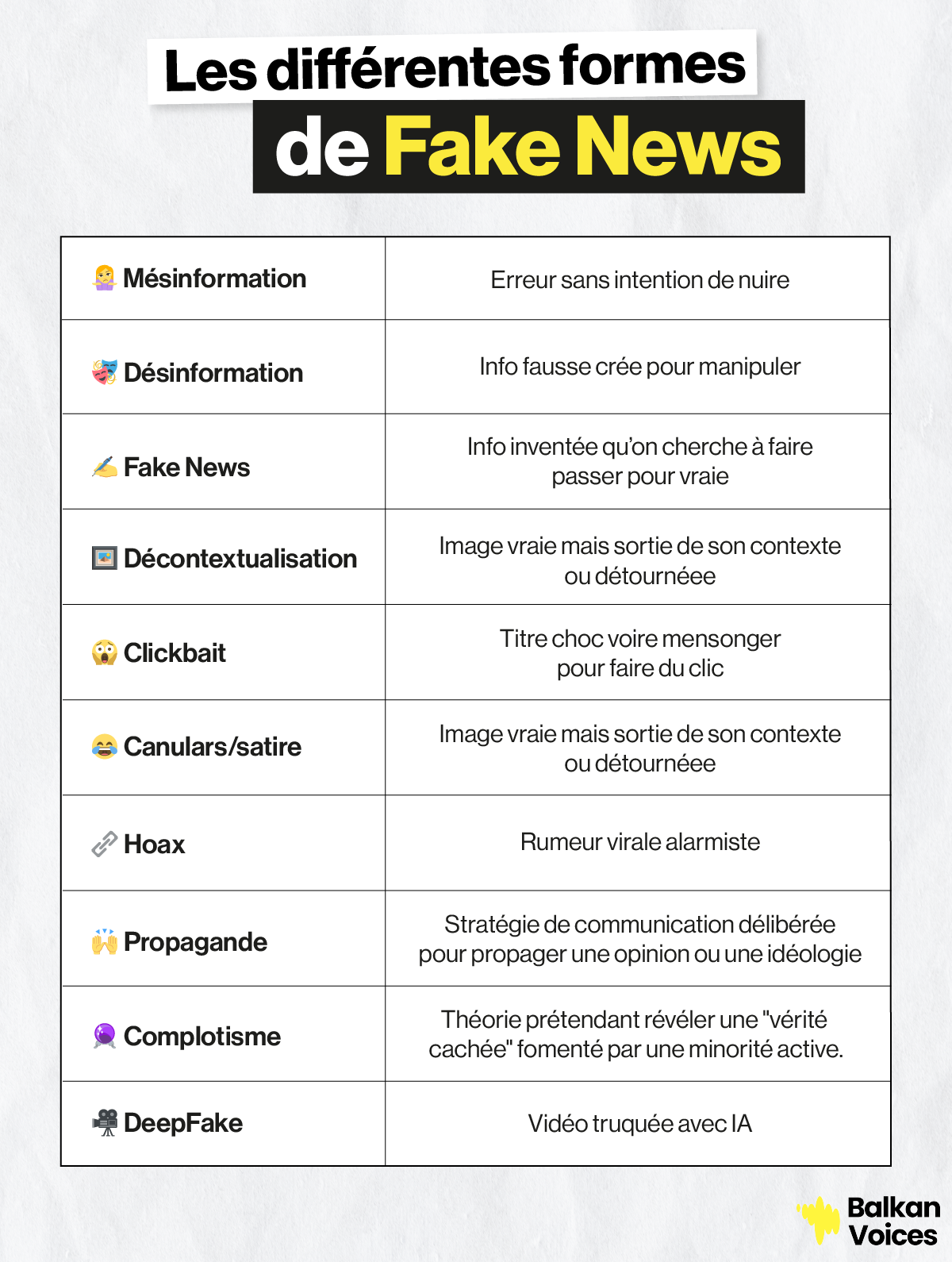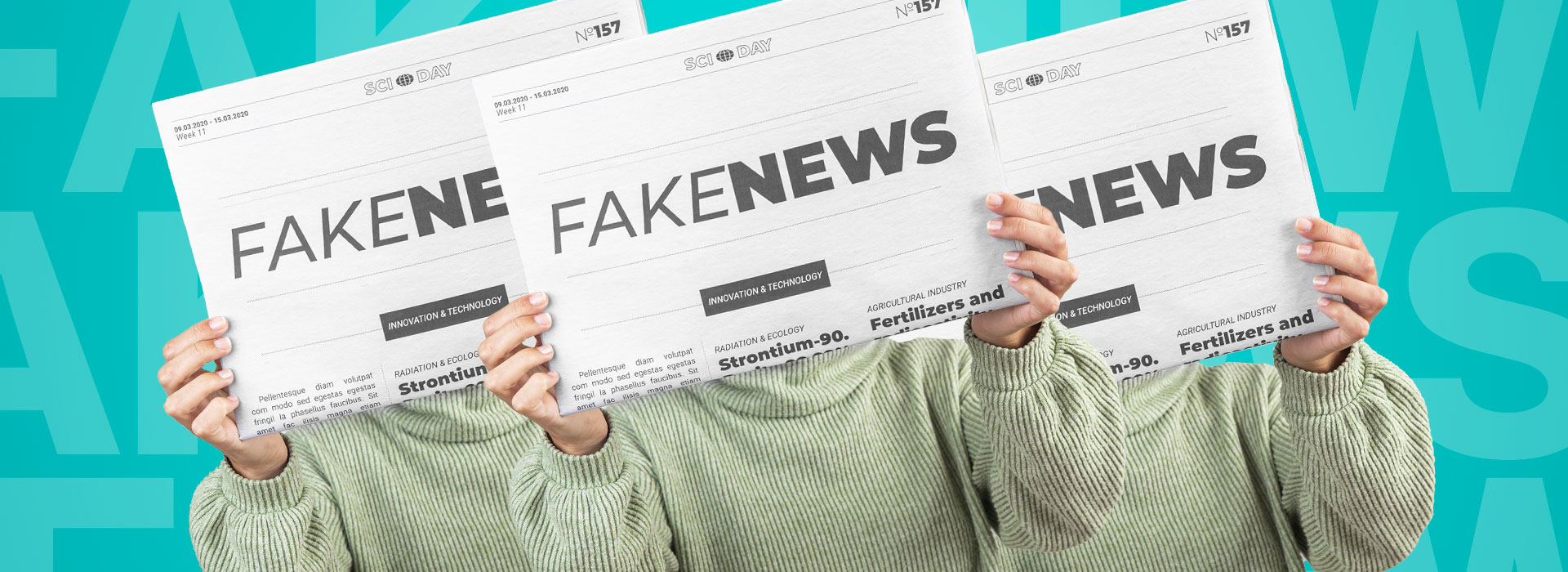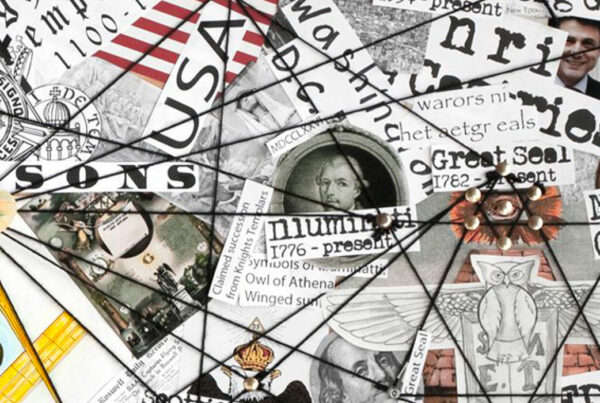Today, it has become easier than ever to share information… but also to make mistakes or be manipulated. Between errors, rumors, and well-orchestrated lies, it is not always easy to tell fact from fiction. Yet, not all false information is the same, and the intentions behind it can vary greatly.
1- Misinformation: When you make an honest mistake
This refers to false information shared without intent to harm. It may stem from misunderstanding, lack of verification, or simply an error. You share incorrect information believing you’re doing the right thing, unaware that it’s false.
🧠 Common example: Sharing on social media that a celebrity has died… when they are very much alive!
2- Disinformation: When someone deliberately manipulates
Here, the intent is clear: to deceive, manipulate, or influence. Disinformation is deliberately fabricated to convey a message, often political or ideological. This is what is commonly called “fake news.”
🧠 Example: In 2020, Donald Trump claimed the election was rigged, without evidence. This false information, which went viral, was part of a strategy to challenge the results.
Forms that false information can take:
🔸 Fake News or Disinformation
Completely fabricated information, created from scratch, but designed to look real. The goal: to convince, influence, harm… or generate clicks.
🧠 Example in the Balkans: In Bosnia, 2016, false information claimed a political candidate had funded violent attacks. Invented information, goal: to damage his reputation.
🔸 Manipulation through decontextualization
A real image, phrase, or video is used… but taken out of context or distorted. The result gives a completely different impression from reality.
🧠 Example: A photo of Serbian protesters (2019) resurfaced later with a false caption claiming they were protesting against the EU.
➡️ Very common on social media, especially during conflicts.
🔸 Clickbait (“clickbait”)
Exaggerated, shocking, or even misleading headlines to push clicks. The article often has nothing to do with what the headline promises. This type of content doesn’t necessarily have an ideological goal: it’s mainly about generating traffic.
🧠 Example: An Albanian media outlet announced that Brad Pitt was moving to Albania to escape Hollywood. Completely false, but perfect for clicks!
🔸 Hoaxes and satirical information
Sometimes, it’s just for laughs, parodying current events or creating humorous buzz. But the tone isn’t always clear, and many fall for it by taking this information seriously.
🧠 Example: A rumor claimed Montenegro was going to build a giant pyramid in the sea. Absurd hoax… that some believed to be real!
🔸 Hoaxes
A hoax is a prank widely circulated online, often as a chain or alarmist message. It sometimes aims to scare, shock, or provoke a strong emotional reaction.
🧠 Example: In Kosovo, 2017, viral messages claimed a law would ban Albanian first names. Totally false information, but it sparked outrage.
🔸 Propaganda
This is a deliberate communication strategy, often used by states or political parties, to influence opinions. Propaganda can mix true information, lies, strong emotions, and repetition.
🧠 Example: During the Bosnian War (1992–1995), each side used media to justify its actions and demonize the enemy. Powerful images, biased narratives, and distorted information were disseminated to mobilize the population.
➡️ Propaganda doesn’t always lie: it may simply show one part of reality, omitting everything else.
🔸 Conspiracy theories
They are based on the idea that a small secret group manipulates events behind the scenes. They simplify complex situations by designating “culprits” and sowing distrust. They are highly viral because they appear to reveal a “hidden truth.”
🧠 Examples in the Balkans:
- NATO in Kosovo: A theory suggests NATO did not intervene to protect civilians, but to control the country’s resources.
- The assassination of Zoran Đinđić (2003): Some claim foreign powers orchestrated his death to prevent Serbia from moving closer to the EU.
➡️ These narratives reinforce distrust in institutions and divide societies.
🔸 Deepfakes
Thanks to AI, we can now create ultra-realistic fake videos where a person appears to say or do something they never said or did. This is one of the most concerning forms of disinformation today.
🧠 Example: In North Macedonia, fake videos made it appear that certain political leaders had made controversial statements.
Summary

Why it’s important to know all these forms?
Because in an information-saturated world, knowing how to recognize misinformation is already a form of protection. False information doesn’t always come from “evil manipulators”: sometimes, it comes from us—when we share too quickly without checking. But at other times, it’s deliberately crafted to divide us, influence us, or scare us.
Understanding the many faces of disinformation means learning to inform ourselves better, to doubt constructively, and to remain free in our thinking.






